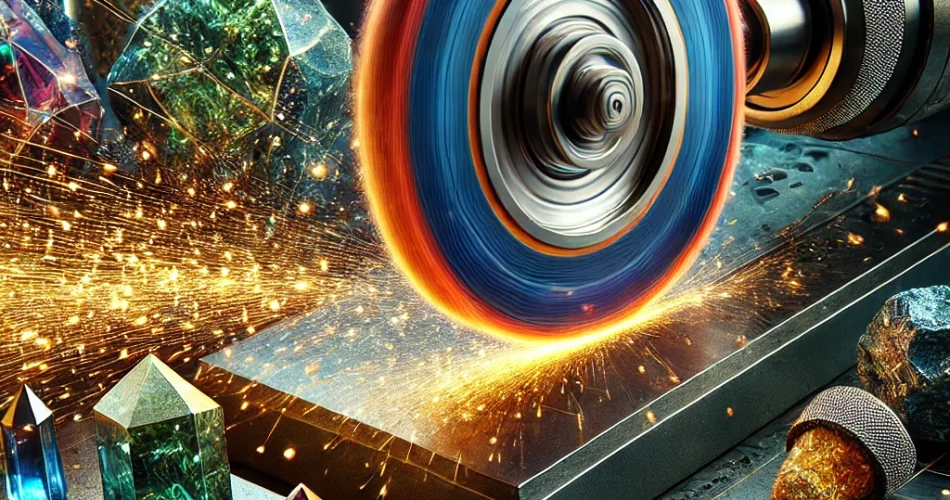Mineral wheels are an essential component in various industries, particularly in metallurgy, geology, and mineralogy. These wheels, also known as grinding or abrasive wheels, are used for cutting, grinding, and polishing different types of minerals. In this comprehensive guide, we’ll explore the different types of mineral wheels, their applications, and how to choose the right one for your needs.
What are Mineral Wheels?
Mineral wheels are circular tools made from abrasive materials bonded together to form a hard, durable surface. They come in various sizes, shapes, and materials, each designed for specific tasks. The abrasives used in these wheels can range from natural minerals like diamonds and garnets to synthetic materials like silicon carbide and aluminum oxide.
Types of Mineral Wheels
- Diamond Wheels: Known for their superior hardness and cutting ability, diamond wheels are ideal for cutting and grinding hard minerals like quartz, granite, and gemstones.
- Silicon Carbide Wheels: These wheels are excellent for grinding softer minerals and metals. They are commonly used in the construction and manufacturing industries.
- Aluminum Oxide Wheels: Versatile and durable, aluminum oxide wheels are suitable for a wide range of materials, including metals, stones, and ceramics.
- Ceramic Wheels: Made from a combination of ceramic and abrasive materials, these wheels offer high precision and durability, making them perfect for detailed grinding and polishing work.
Applications of Mineral Wheels
- Geology and Mineralogy: Mineral wheels are used to prepare samples for analysis by cutting, grinding, and polishing rocks and minerals.
- Metalworking: In the metalworking industry, these wheels are used for cutting, shaping, and finishing metal components.
- Construction: Mineral wheels are essential for cutting and grinding concrete, stone, and other construction materials.
- Jewelry Making: Jewelers use diamond and other fine-grit wheels to shape and polish gemstones and precious metals.
Choosing the Right Mineral Wheel
When selecting a mineral wheel, consider the following factors:
- Material: Choose a wheel made from an abrasive material suitable for the task at hand. For example, use diamond wheels for hard minerals and silicon carbide for softer materials.
- Grit Size: The grit size determines the fineness of the cut or polish. Coarser grits are used for rapid material removal, while finer grits provide a smoother finish.
- Wheel Size and Shape: Ensure the wheel’s size and shape are compatible with your equipment and the specific job requirements.
- Bond Type: The bond type affects the wheel’s performance and lifespan. Resin bonds offer flexibility and are suitable for precision work, while metal bonds provide durability for heavy-duty tasks.
Safety Tips for Using Mineral Wheels
- Wear Protective Gear: Always wear safety goggles, gloves, and a dust mask to protect yourself from debris and dust.
- Inspect the Wheel: Before use, inspect the wheel for any cracks or damage. Replace any compromised wheels immediately.
- Follow Manufacturer Guidelines: Adhere to the manufacturer’s recommendations for speed, pressure, and usage to ensure optimal performance and safety.
- Use Proper Mounting: Ensure the wheel is securely mounted on the equipment to prevent accidents and ensure accurate results.
Conclusion
Mineral wheels are indispensable tools in various industries, offering precision, efficiency, and versatility. By understanding the different types, applications, and selection criteria, you can make informed decisions and achieve excellent results in your projects. Whether you’re a geologist, nutritional therapist, or jeweler, the right mineral wheel can significantly enhance your work quality and productivity.

